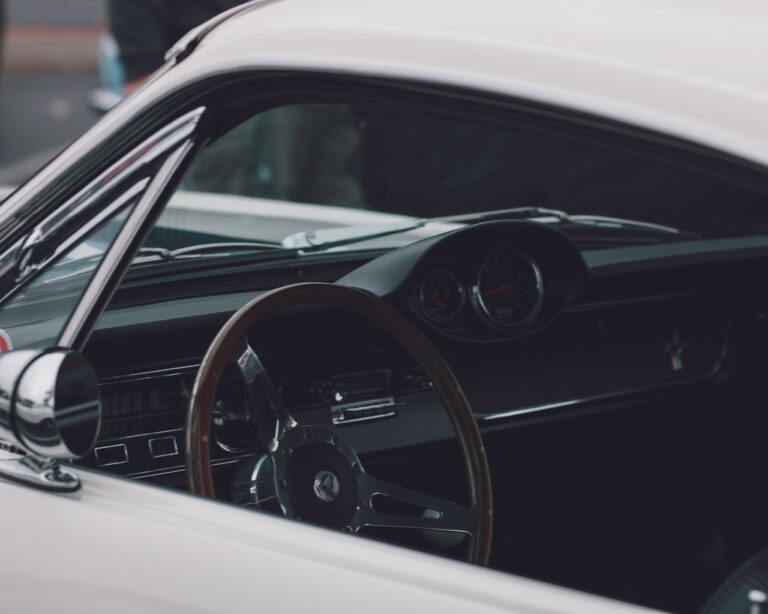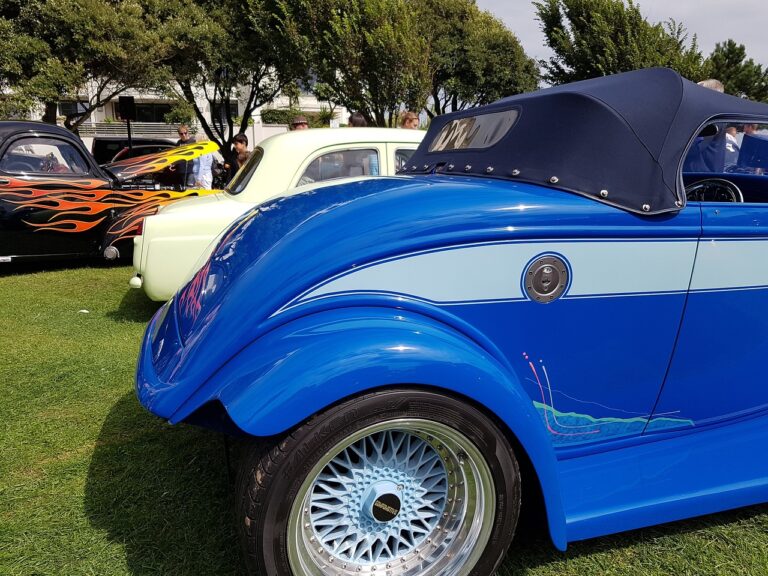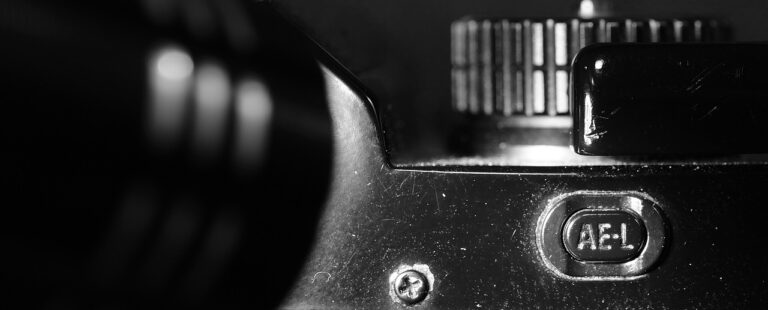The Psychology of Car Exterior Design: Brand Identity, Style, and Visual Appeal
When it comes to car exterior design, one of the most crucial aspects is the incorporation of brand identity. Brands work meticulously to establish a unique identity that sets them apart from competitors. This identity is then translated into the design of their vehicles to create a visual representation of their brand values and principles. From the signature grille shape to the placement of the logo, every design element is carefully chosen to reflect the brand’s personality and positioning in the market.
Car manufacturers understand that a strong brand identity can evoke emotions and create a connection with consumers. The design of a vehicle, particularly its exterior aesthetics, serves as a powerful tool to convey this identity. Through consistent design language and visual cues, brands can communicate their heritage, innovation, luxury, or performance to consumers at a glance. This alignment between brand identity and car exterior design is crucial in shaping consumer perceptions and establishing brand loyalty in the competitive automotive industry.
The Role of Style in Creating Visual Appeal
Style plays a crucial role in capturing the attention and interest of consumers when it comes to car exterior design. The visual appeal of a vehicle often hinges on the incorporation of unique and aesthetically pleasing stylistic elements. From sleek lines and bold contours to innovative lighting features, the style of a car speaks volumes about its character and identity.
In today’s competitive automotive market, the ability to stand out visually is paramount for car manufacturers. By strategically infusing elements of style that resonate with the target audience, designers can create vehicles that not only catch the eye but also leave a lasting impression. When style is harmoniously integrated with functionality and brand identity, it elevates the overall visual appeal of a car and plays a significant role in influencing consumer perceptions and preferences.
How Color Psychology Impacts Car Design
Color psychology plays a significant role in the design of cars, as different colors evoke distinct emotions and perceptions in viewers. For instance, shades of blue are often associated with trust and reliability, making them a popular choice for brands that want to convey a sense of dependability. On the other hand, vibrant red hues can evoke feelings of energy, passion, and excitement, making them suitable for sports cars or brands looking to make a bold statement.
When it comes to car design, the careful selection of colors can help convey the intended brand image and message to consumers. By understanding the psychological impact of various colors, car designers can strategically use color to enhance the overall aesthetic appeal of a vehicle and create a cohesive brand identity. Whether it’s a sleek black luxury car exuding sophistication or a bright yellow compact car radiating positivity and fun, color choice plays a crucial role in shaping the perception of a vehicle in the eyes of the consumer.





